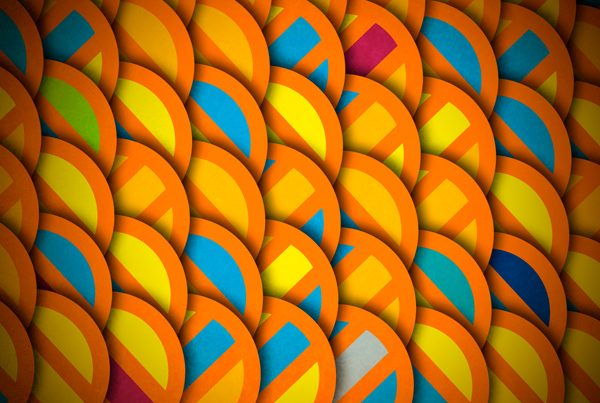OOLEEE stands for Object Oriented Learning through Elicitation, Evocation, and Emotioning. It is a framework of concepts DCD has drawn together from anthropological and cognitive theories of object-human relations, cognition, and learning, which supports and illuminates the methods we use to assist internal and external stakeholders so that they can engage with the process of participatory service improvement. The two central operational principles of OOLEEE are:
- Humans make sense of objects using other objects. The corollaries of which are that we give meaning to objects by connecting them to other objects, we make sense of words using other words, and we make sense of current or present experience with prior and other experiences.
- Objects perturb our senses making us conscious of them, often eliciting or inducing an observable behavioural response.
The first principle is most evident in describing. When we say, for example, that one thing is like another thing, and especially when we use explicit metaphors and analogies. It is also evident in our use of dictionaries, when we seek the meaning of one word in terms of others. Importantly, this principle is contrary to the wide spread notion that we make sense of objects by extracting information from them. Instead, OOLEEE shows we add information by making connections with other objects or experiences in which they participate. In this way, objects have the effect of evoking past experiences, not only eliciting knowledge of them, but also evoking memories of emotions associated with them. Objects, thus, induce and elicit emotions. Interacting with objects causes us to reflect on both present and past manners of doing as emotional experiences, which is an essential first step toward behaviour modification and learning. Making connections creates a web of relationships that becomes the foundation of future action and behavioural change. Behavioural changes, such as improved performances, are the primary evidence of learning.
The second principle is evident in the routine use of objects to regulate behaviour, such as the central white lines of a freeway, or the use of signs and other icons on the roadside either as reminders of, or means of inducing, appropriate driving behaviours. Objects can prevail on us to behave in one way or another. However, the proper functioning of these objects, their design purpose, is completely dependent on ‘a user’ making the connections the designer intended. The connections a person is able to make hint at the actions to take: the behaviours that should be followed. Therefore, what an individual determines to be the correct action or most appropriate behaviour will depend on the meaning she is able to attach to the ‘regulatory’ object. In other words, the connections it induces them to make. The number and nature of those connections, however, is highly dependent on the cultural or social context from which the meaning-giver (the interpreter) originates. This is the case whether they come from a different company or a different country. Objects, then, are said to be polysemic. This means that the same objects, including words, can have many possible meanings, which also means, of course, they can be highly ambiguous. This particular characteristic is exploited by DCD in its methods to help different stakeholders generate novel interpretations, unlocking creative thinking to generate meaningful opportunities to improve.








